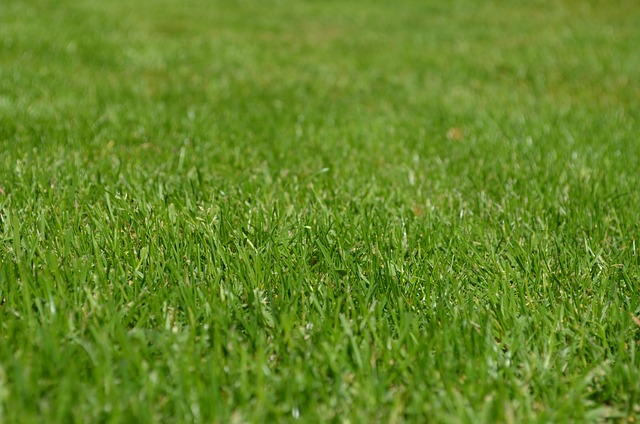Mulching and edging are essential practices in lawn care and landscaping that significantly enhance outdoor aesthetics and health. Mulch aids soil enrichment, moisture retention, weed suppression, and temperature regulation, while edging defines lawn boundaries, prevents grass from encroaching on other areas, and contributes to curb appeal. Combining these strategies fosters lush, vibrant greenery and long-term lawn and landscape maintenance.
Transform your lawn into a picture of perfection with effective mulching and edging techniques. This comprehensive guide explores the art of lawn care and landscaping, offering insights into the benefits and best practices of mulching, from enhancing soil health to suppressing weeds naturally. We’ll delve into precise edging techniques for that polished, neat look. Discover how combining these methods creates optimal lawn care routines, ensuring your outdoor space is the envy of the neighborhood.
- Understanding Mulching: Benefits and Best Practices
- Edging Techniques for a Neat Lawn Look
- Combining Mulching and Edging for Optimal Lawn Care
Understanding Mulching: Benefits and Best Practices

Mulching is an essential practice in lawn care and landscaping, offering a multitude of benefits for your outdoor space. By adding organic or inorganic material to the top layer of soil, mulching helps retain moisture, suppress weeds, and regulate soil temperature. This natural process enriches the soil as it decomposes, providing essential nutrients that support grass growth and overall lawn health.
Best practices involve applying the right type of mulch—whether wood chips, straw, or rock—at an appropriate depth to ensure maximum advantages. For lawns, a layer of 2-4 inches is ideal. Consistent maintenance, including regular replenishment, ensures its effectiveness. Remember, mulching isn’t just about aesthetics; it’s a strategic approach in lawn care and landscaping that fosters a lush, vibrant outdoor environment.
Edging Techniques for a Neat Lawn Look

Maintaining a pristine lawn involves more than just mowing; edging is an essential lawn care and landscaping technique that defines your yard’s overall appearance. It adds precision and structure, ensuring your lawn looks neat and polished. There are various edging techniques to achieve different aesthetics, from clean, crisp lines to more organic, natural edges.
One popular method is using a string trimmer, which allows for precise control and quick work around flower beds, trees, and other obstructions. For a more traditional look, handheld edgers or border shears are excellent choices, providing a tidy finish along sidewalks and driveways. In landscape design, edging can also involve the use of stones, bricks, or decorative borders to create distinct boundaries between lawns and garden areas, enhancing overall lawn care and landscaping efforts.
Combining Mulching and Edging for Optimal Lawn Care

Combining mulching and edging in your lawn care routine offers a dynamic duo of benefits for your outdoor space. Mulching, the practice of applying organic material like wood chips or straw to your lawn, enriches the soil, conserves moisture, and suppresses weeds. At the same time, edging, defining the boundaries between your lawn and walkways or garden beds, enhances curb appeal and prevents grass from encroaching on these areas.
This dual approach isn’t just about aesthetics; it’s a strategic landscaping method. Edging provides structure and precision to your yard, while mulching contributes to its overall health and vibrancy. By incorporating both practices regularly, you’re investing in long-term lawn care and landscaping that fosters lush, well-maintained greenery.
Mulching and edging are essential practices in lawn care and landscaping, offering numerous benefits, from improving soil health to enhancing curb appeal. By understanding the best practices for each and combining them effectively, you can achieve a lush, well-maintained lawn that stands out in your neighborhood. These simple yet powerful techniques will not only save time but also contribute to a sustainable and aesthetically pleasing outdoor space.




